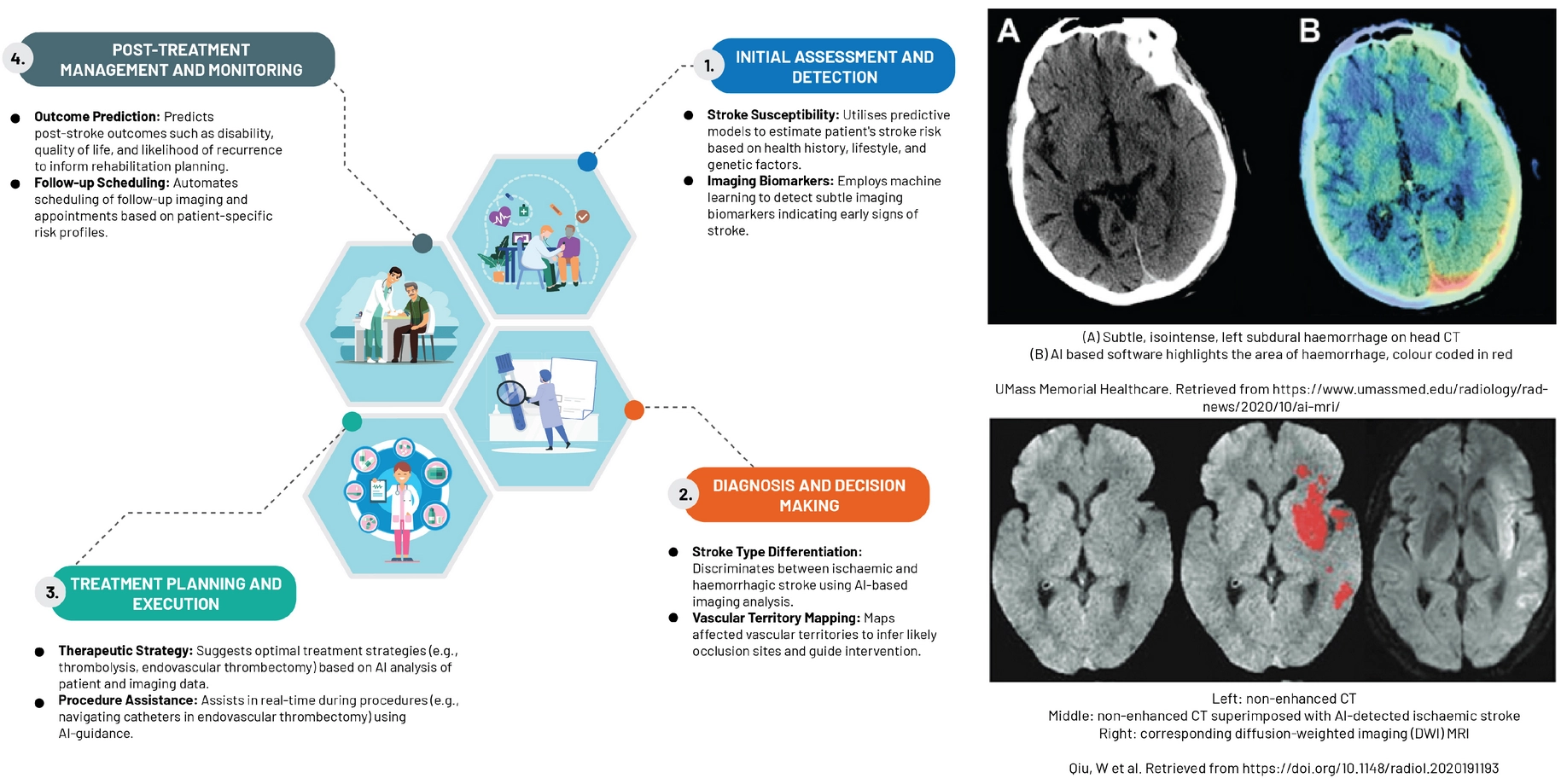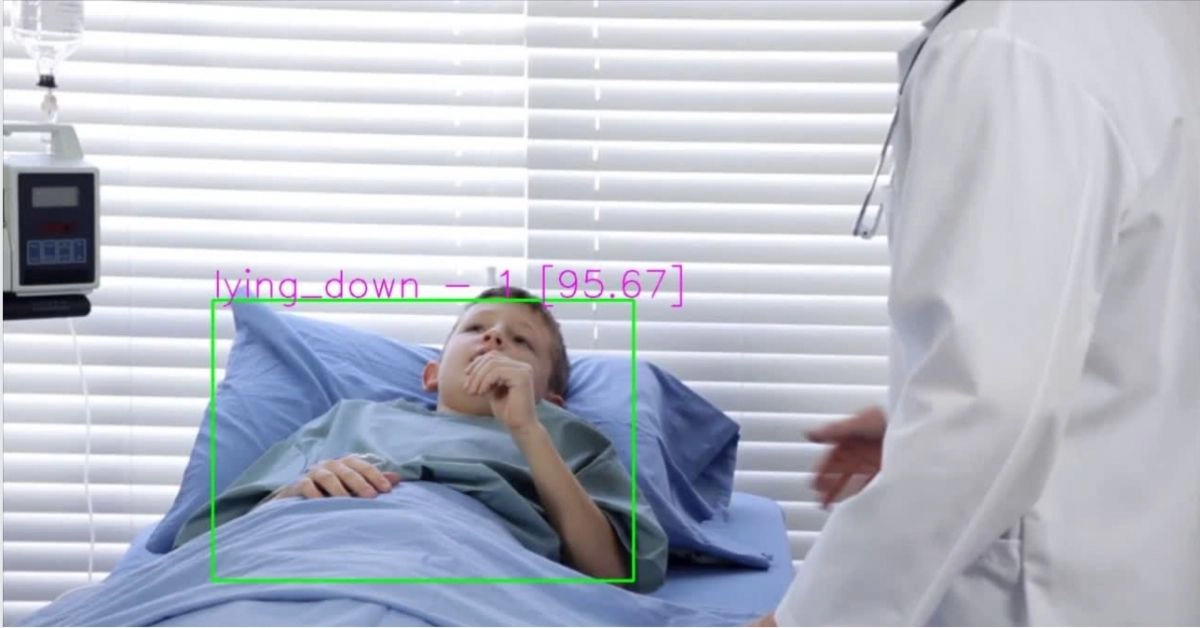Revolutionizing Healthcare: How Azure AI Custom Vision is Improving Diagnostics and Patient Care
In recent years, the healthcare industry has seen a significant transformation with the integration of artificial intelligence (AI).
One of the most promising AI technologies is Azure AI Custom Vision, which is revolutionizing diagnostics and patient care. This blog explores what Azure AI Custom Vision is, its applications in healthcare, the possible challenges, bias mitigation techniques, and the importance of responsible AI practices.

Let's Explore about Azure AI Custom Vision!
Azure AI Custom Vision Introduction
Azure AI Custom Vision is a service provided by Microsoft Azure that allows users to build, deploy, and improve custom image recognition models. It enables the creation of state-of-the-art computer vision models tailored to specific use cases without requiring extensive machine learning expertise.
With Azure Custom Vision, anyone can upload images, label them, and train models to recognize specific objects or features.
This service is very awesome, and it also supports both image classification and object detection, making it versatile for various applications.

Figure: Azure AI Custom Vision, Image courtesy of Microsoft Azure
Indeed, modern image classification deep learning algorithms are based on CNN, which is Convolutional Neural Network models. This in fact applies to this Azure AI Custom Vision as well, which results in effective training on custom applications and superb results!
In this article, we will explore what ideal applications can Custom Vision do in Healthcare sectors. Let's get started!
How we could perform Image Classification in Azure AI Custom Vision!
As you know already now, the best part of this Azure Custom Vision feature is that anyone with little or no machine learning expertise can be able to create an effective image classification solution, easily, effectively and in within minutes, provided that they have enough training images data already!
Introduction to Image Classification in Azure Custom Vision and how it works!
Image classification is a process where an AI model assigns a label to an entire image based on its visual content. Here’s a brief overview of how it works:
1. Data Collection and Labeling:
Collect a large set of images and label them with the appropriate categories. For example, in a healthcare setting, images could be labeled as “normal” or “abnormal.”
2. Model Training:
The labeled images are used to train a machine learning model. During training, the model learns to recognize patterns and features that distinguish different categories
3. Evaluation Metrics:
Precision: Precision measures the proportion of true positive predictions out of all positive predictions. It answers the question, “Of all the images labeled as ‘abnormal,’ how many are actually abnormal?”
Mathematically, it is defined as:
Precision = ( True Positives) / (True Positives + False Positives)
Recall: Recall measures the proportion of true positive predictions out of all actual positives. It answers the question, “Of all the actual abnormal images, how many were correctly identified?” Mathematically, it is defined as:
Recall = ( True Positives) / (True Positives + False Negatives)
F1 Score: The F1 score is the harmonic mean of precision and recall, providing a single metric that balances both. It is defined as:
F1 Score = 2 x [ ( Precision * Recall ) / (Precision + Recall) ]
4. Model Testing and Deployment:
After training, the model is tested on a separate set of images to evaluate its performance. Once validated, it can be deployed for real-world use.
Current applications of Azure AI Custom Vision in Healthcare
The Azure AI Custom Vision is so awesome, right? Ok, then let's see the following practical use cases you may wonder!
The following are the current applications we could utilize the Azure AI Custom Vision in healthcare sector as follows:
Healthcare Sector: Medical Imaging and Diagnostics with AI
- Radiology: Azure AI Custom Vision can assist radiologists in identifying anomalies in medical images such as X-rays, MRIs, and CT scans. For instance, it can detect lung nodules in CT scans, aiding in early diagnosis of lung cancer.
- Pathology: Custom Vision models can analyze pathology slides to identify cancerous cells, improving the accuracy and speed of diagnoses.
Healthcare Sector: Patient Monitoring
- Wearable Devices: Integrating Custom Vision with wearable devices allows continuous monitoring of patients’ health. For example, it can analyze images from skin sensors to detect early signs of conditions like melanoma.
- Remote Monitoring: Custom Vision can be used in telemedicine to monitor patients remotely, ensuring timely interventions and reducing hospital readmissions.
Healthcare Sector: Surgical Assistance
Possible Challenges you could face in utilizing Azure AI Custom Vision
We have listed some possible challenges that you might encounter when training images in this Custom Vision Feature. Let's explore below:
Data Quality and Quantity:
Challenge: High-quality and diverse datasets are essential for training accurate models. Insufficient or biased data can lead to poor model performance.
Solution: Collecting and curating large, diverse datasets and continuously updating them can help mitigate this issue.
Model Interpretability:
Challenge: Understanding how the model makes decisions can be difficult, which can hinder trust and adoption.
Solution: Implementing explainable AI techniques and providing clear documentation can enhance model interpretability.
Integration with Existing Systems:
Challenge: Integrating AI models with existing healthcare systems and workflows can be complex.
Solution: Collaborating with IT and healthcare professionals to ensure seamless integration and user-friendly interfaces.
Regulatory and Compliance Issues:
Challenge: Ensuring compliance with healthcare regulations such as HIPAA and GDPR is crucial.
Solution: Regular audits, adherence to regulatory guidelines, and collaboration with legal experts can ensure compliance.
Responsible AI Practices in Healthcare
While the benefits of Azure AI Custom Vision in healthcare are immense, it is crucial to address the potential consequences and ensure responsible use of AI.
Bias and Fairness:
Issue: AI models can inherit biases from the training data, leading to unfair treatment of certain patient groups.
Privacy and Security:
Issue: Handling sensitive patient data requires stringent privacy and security measures.
Transparency and Accountability:
Issue: Lack of transparency in AI decision-making can hinder trust and accountability.
Regulatory Compliance:
Issue: Ensuring compliance with healthcare regulations such as HIPAA and GDPR is essential.
Bias Mitigation Techniques in Azure AI Custom Vision
To ensure fairness and reduce bias in AI models, several techniques can be employed throughout the model development lifecycle:
Preprocessing:
Post-preprocessing:
Bias Correction: Adjust the model’s predictions to correct any detected biases. For example, recalibrating the decision threshold for different groups to ensure fair outcomes.
CONCLUSION
Azure AI Custom Vision is transforming healthcare by improving diagnostics, patient monitoring, and surgical assistance. However, the responsible use of AI is paramount to mitigate potential risks and ensure ethical practices. By addressing bias, ensuring privacy, maintaining transparency, and complying with regulations, we can harness the full potential of AI to revolutionize healthcare.









